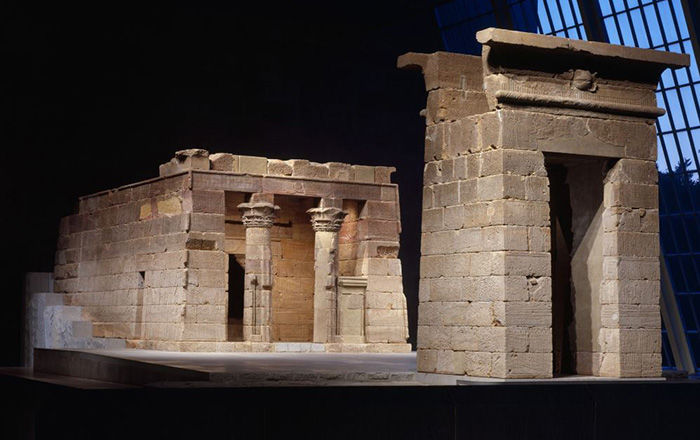Scarab with Papyrus Plants and Signs
Middle Kingdom
During the late Middle Kingdom (late Dynasty 12–mid Dynasty 13, ca. 1850–1640 B.C), decorations on scarabs often show symmetric designs and combinations of signs and symbols that are nicely composed.
This is also the case for floral and plant decorations, which consist of representations of papyrus plants, and lotus flowers and their buds. Plants are a popular theme on the underside of seal-amulets because they refer to life, renewal, and regeneration.
This scarab shows details in the carvings on its back and sides that are characteristic for a type of scarab dating to mid to late Dynasty 13 (ca. 1740–1640 B.C.) and probably carved at a scarab workshop active in Avaris (present-day Tell el-Dab’a).
This image cannot be enlarged, viewed at full screen, or downloaded.
This artwork is meant to be viewed from right to left. Scroll left to view more.





